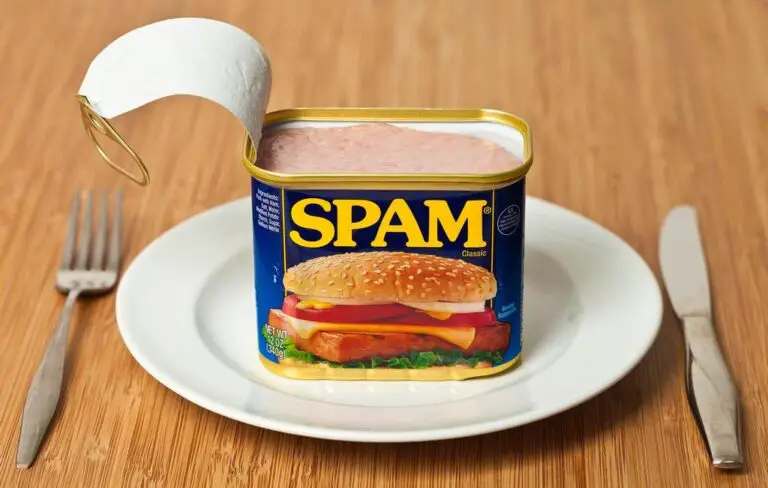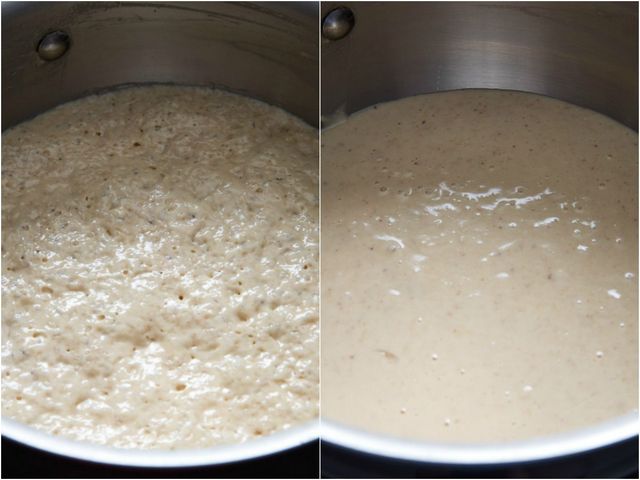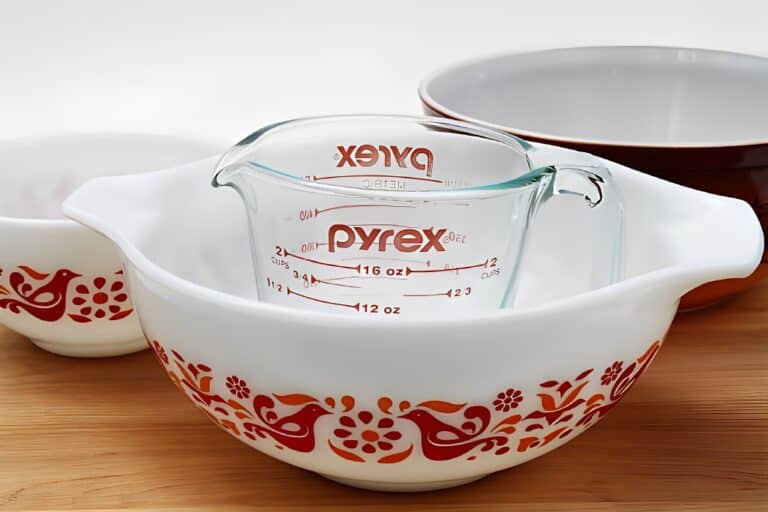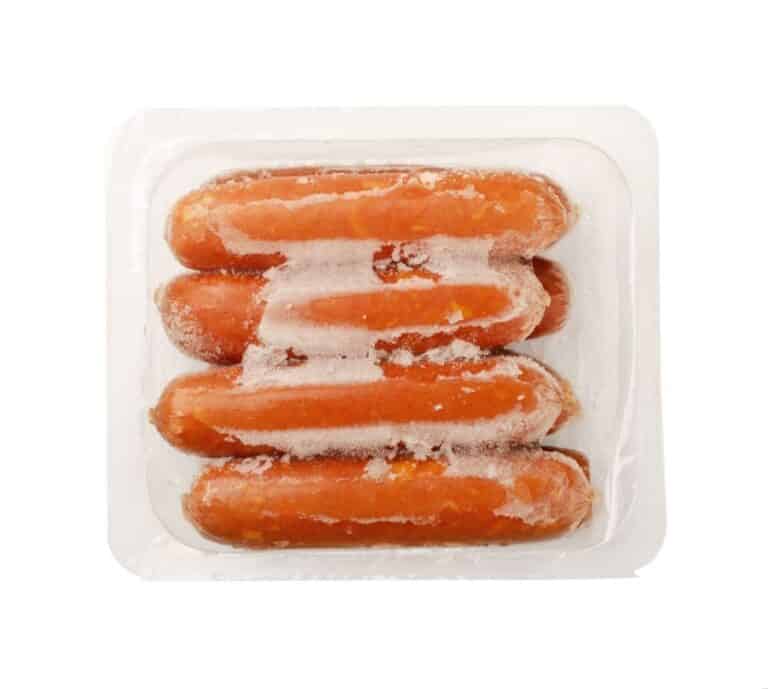How To Clean and Remove Mold From Plastic Container (Cleaning Made Easy)
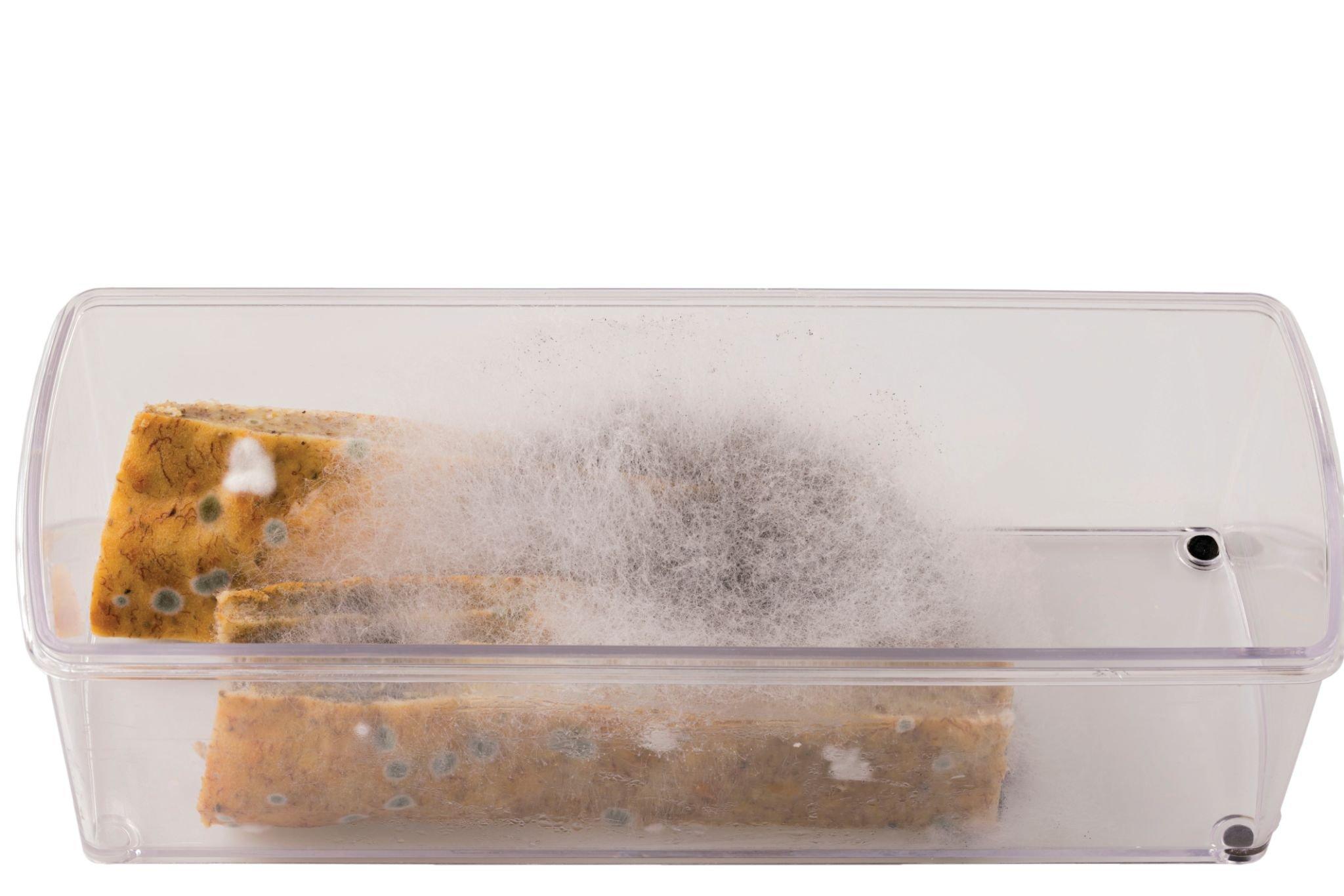
Plastic containers are a staple in most households, but when mold starts to grow on them, it can be a real hassle. Not only does mold spoil the appearance of your containers, but it also poses a health risk.
But don’t worry; cleaning mold from plastic containers doesn’t have to be a daunting task. With the right tools and techniques, you can get rid of mold in no time. So, get ready to say goodbye to those gross, moldy containers and hello to a clean, healthy kitchen. It’s easy to clean!
The Dangers of Eating Mold
The dangers of eating mold are not to be taken lightly, as it can have serious health consequences for individuals who consume moldy food or drinks. Mold is a type of fungus that grows in damp environments and can often be found on food that has been left in the refrigerator for too long or has not been stored properly.
Ingesting mold can cause a range of symptoms, from mild to severe. Some individuals may experience digestive problems, such as nausea, vomiting, and diarrhea.
Others may experience allergic reactions, such as sneezing, coughing, and itchy eyes. In some cases, mold exposure can also lead to more serious health problems, such as infections and respiratory problems.
WARNING
In addition to these symptoms, some types of mold make mycotoxins, which are toxic substances that can hurt the body if they are eaten. Some of these mycotoxins are very strong and can cause serious health problems, like damage to organs or even death in the worst cases.
It is important to be vigilant when it comes to moldy food and drinks and to take steps to prevent it from growing in the first place. This means putting food away in airtight containers, throwing out food that has been in the fridge for too long, and not eating or drinking anything that has mold on it.
Preparing Plastic Container Before Removing Mold
To get the best results, you need to properly prepare the container before you try to remove the mold.
1. Removing Any Food or Debris From the Container
The first step in preparing the container for cleaning is to remove any food or debris that may be present. This will make it easier to clean the mold and will also help prevent the spread of mold spores. Simply empty the container and wash it with soap and water.
2. Wiping Down the Container With Soap and Water
Once the container is empty, wipe it down with soap and water. This will help to remove any loose mold fragments and will also help to kill any remaining mold spores that may be present. Use a soft cloth or sponge to wipe down the container, making sure to clean all sides and corners.
3. Drying the Container Thoroughly
After wiping down the container with soap and water, make sure to dry it thoroughly. This will stop mold from growing and will aid in the prevention of future mold growth.
Place the container in a well-ventilated area and allow it to air dry completely. You can also use a clean cloth or paper towel to wipe down the container and remove any excess water.
How to Clean Plastic Container From Mold
1. Using Household Cleaners Such as White Vinegar and Baking Soda
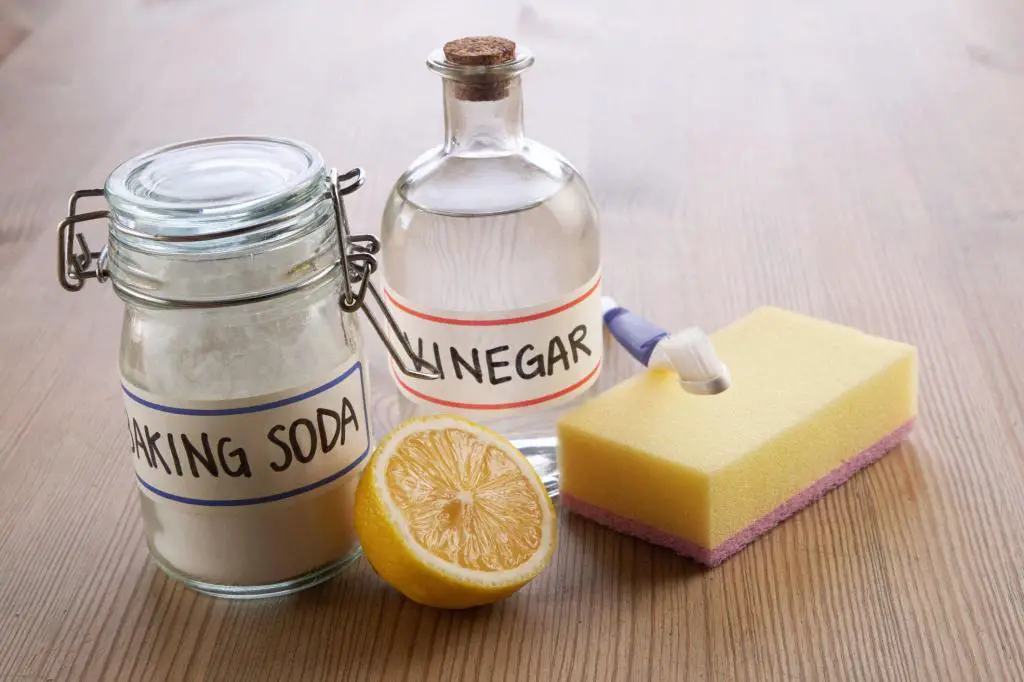
White vinegar and baking soda are two common household cleaners that can be used to remove mold from plastic containers. Simply mix equal parts of white vinegar and water and pour the solution into the container. Allow the solution to sit for 10–15 minutes, then use a soft cloth or sponge to scrub the container and remove the mold.
Baking soda can also be used to clean mold by mixing it with water to form a paste. Apply the paste to the container and allow it to sit for 10–15 minutes, then scrub the container with a soft cloth or sponge to remove the mold.
2. Using Commercial Cleaning Products Such as Bleach-based Cleaners
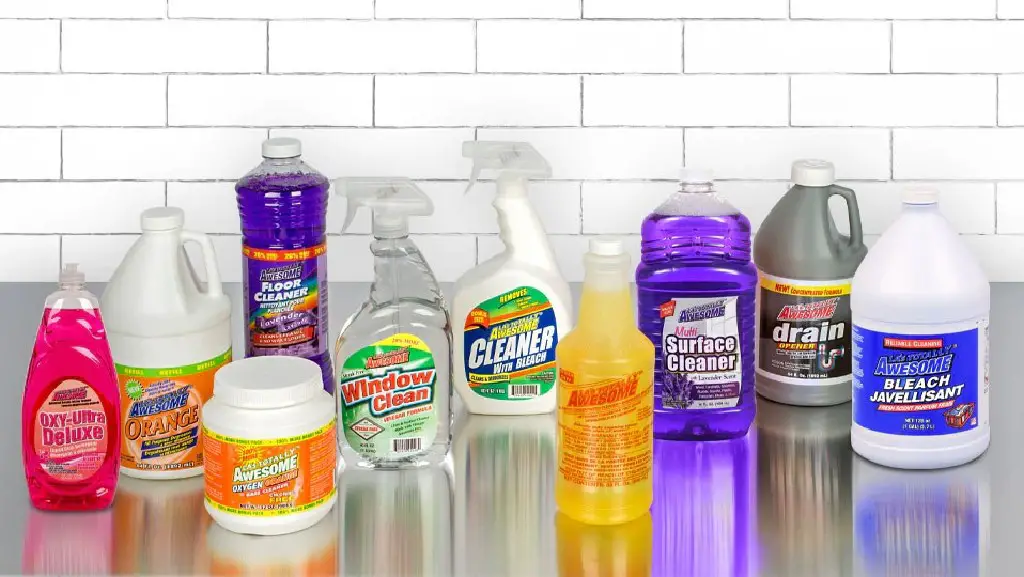
Commercial cleaning products such as bleach-based cleaners can also be used to remove mold from plastic containers. Simply follow the instructions on the product label, making sure to use the product in a well-ventilated area and wearing gloves to protect your hands.
3. Using Anti-mold Cleaning Products
There are also anti-mold cleaning products on the market that are made especially to clean and get rid of mold. Most of the time, these products are better at getting rid of mold than household cleaners, but they can also cost more.
Follow the instructions on the product label, making sure to use the product in a well-ventilated area and wearing gloves to protect your hands.
4. Choosing the Right Cleaning Method Based on the Severity of the Mold and Personal Preferences
The best way to clean will depend on how bad the mold is and your own preferences. Using household cleaners like white vinegar and baking soda may be enough to get rid of small amounts of mold.
If there is a lot of mold, you may need a commercial cleaning product or one that kills mold. Choose the method that works best for you, making sure to follow all instructions and safety precautions.
You may try some popular commercial cleaning products that are effective in getting rid of mold: CLR PRO, CONCROBIUM, KRUD KUTTER, LYSOL, MOLD ARMOR, MOLDEX, TILEX, and VITAL OXIDE.
By following these steps, you will be able to effectively clean and remove mold from your plastic containers. Whether you choose to use household cleaners, commercial cleaning products, or anti-mold cleaning products, the most important thing is to take action and remove the mold as soon as possible to maintain the cleanliness and safety of your containers.
How to Prevent My Container or Storage Bin From Mold?
It’s important to keep mold from growing in plastic containers so that the things stored in them stay healthy and safe. Mold can cause a range of health problems, including allergies, respiratory issues, and even infections, and it can also ruin the items that it grows on.
Therefore, it is important to choose the right containers and ensure that items
- Look for those that are made from high-quality materials that are resistant to mold. Look for containers with airtight seals, as this will help to prevent moisture from entering the container and creating an environment that is conducive to mold growth.
- When packing your containers, simply throw a couple of silica gel packets into each container to absorb any residual moisture. Keep in mind, however, that silica gel packets do have an expiry date, so check the packets before using them to ensure that they are still effective.
- Another option is to use charcoal briquettes as a desiccant. Charcoal is naturally absorbent and can help to prevent mold growth by absorbing excess moisture. Simply place a few charcoal briquettes in the bottom of your storage container before packing your items.
- It’s also important to store your containers in a dry, well-ventilated area. Avoid storing your containers in damp basements or garages, as these areas can provide the perfect environment for mold to grow.
Should I Throw Away or Replace Plastic Containers With Mold?
When it comes to plastic containers with mold, it is important to take the necessary precautions to ensure that the mold does not pose any potential health risks. If the mold is only on the surface of the container and can be taken off easily, then the container doesn’t need to be thrown away.
To keep the mold from coming back, it is important to clean and disinfect the container well.
On the other hand, if black or white mold has grown deeply into the plastic, then you should consider throwing it away. Pay attention: if the container is badly broken or already made of melted plastic to store food, it may be best to throw it away and get a new one. In these cases, it is unlikely that the mold will be completely removed, and it may continue to grow and pose a potential health risk.
Also, if the container is very broken, it might not be able to store food or other things well, which could cause them to go bad or get contaminated.
Conclusion
To keep a healthy and clean living space, it’s important to clean and get rid of mold from plastic containers. While there are several methods that can be used to clean and remove mold, it is important to act quickly and thoroughly to prevent the mold from spreading and causing health problems.
Most of the time, the best thing to do with a moldy container is to throw it away. Even with disinfectants and cleaners, mold can be hard to get rid of completely.
By following these simple steps and using the right tools and techniques, you can effectively clean and remove mold from plastic containers and keep your home safe and healthy.

